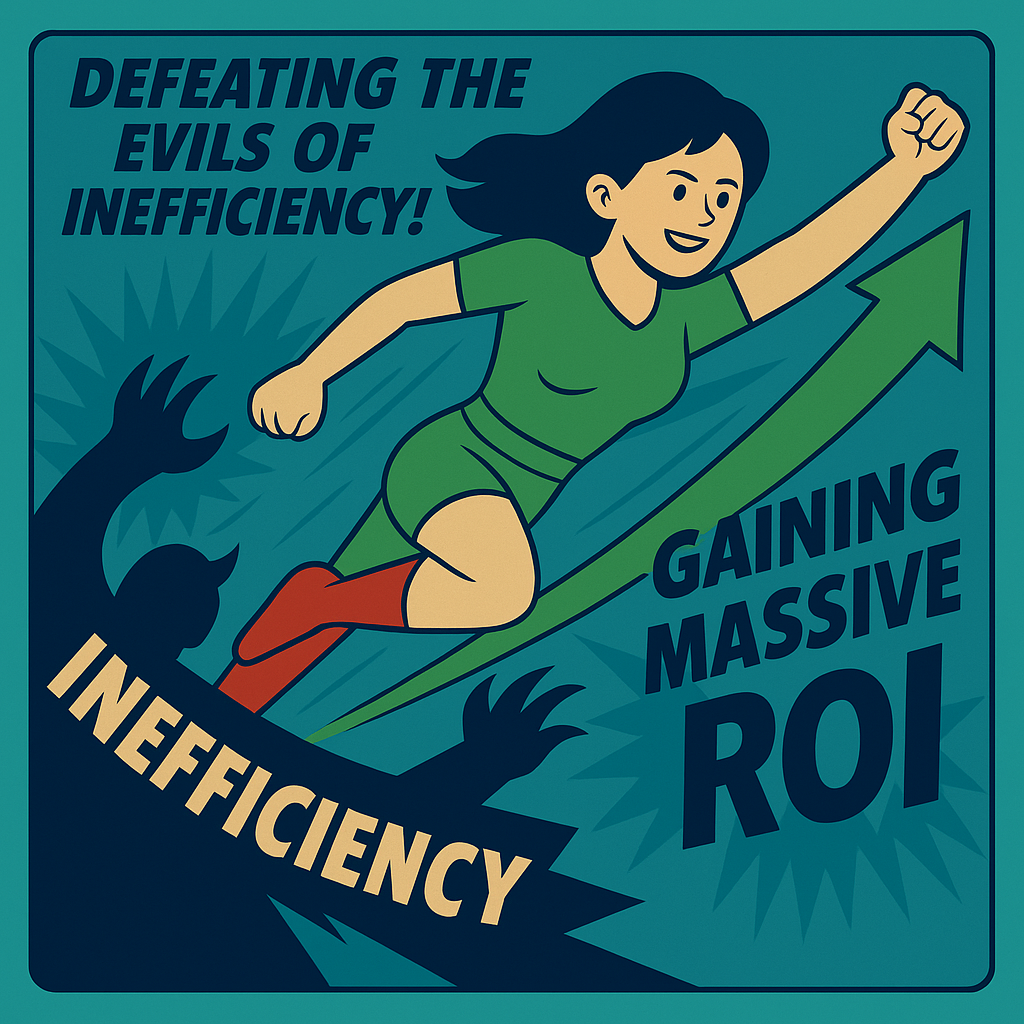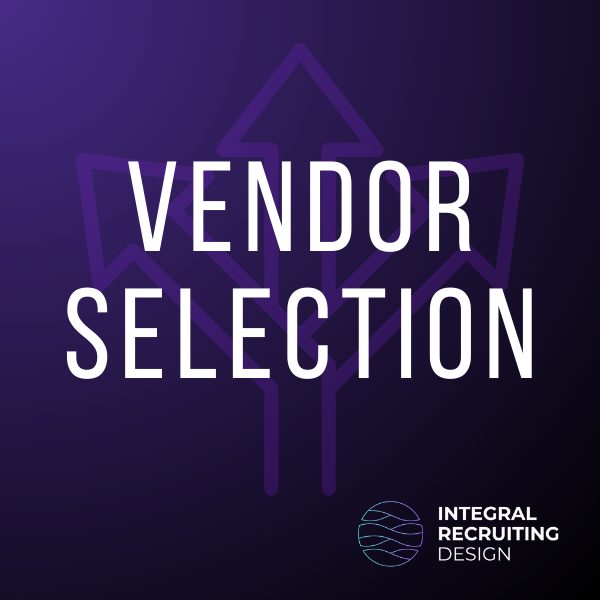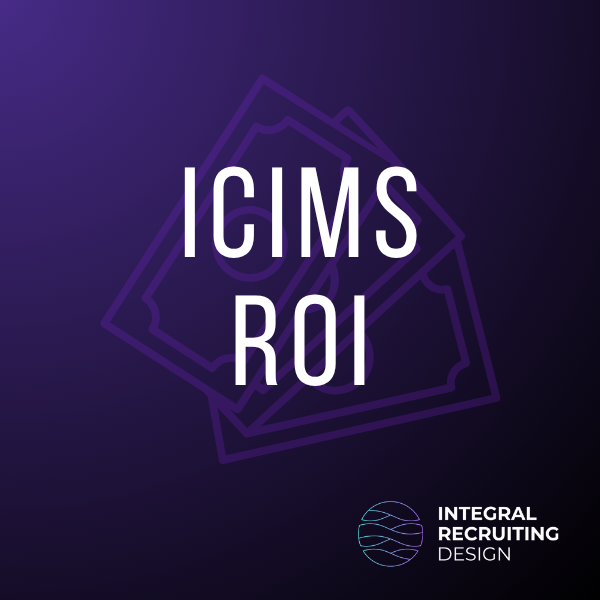At Integral Recruiting Design, we specialize in helping organizations get the most from their applicant tracking system (ATS)—and for most of our clients, that means iCIMS. One of iCIMS’ strengths is the access it gives system administrators to reliable, consistent data. Its built-in dashboards make it easy to view actionable metrics without waiting for reports to run. That real-time visibility is a powerful advantage.
However, some organizations find that their reporting needs grow beyond what iCIMS’ native dashboards can accommodate. This article outlines a few scenarios where supplementing iCIMS with a custom business intelligence (BI) tool, like Power BI or Tableau, may be appropriate—particularly when advanced data filtering, visual customization, or cross-system insights are required.
Limited On-Page Filtering
One of the most common feature requests we hear from iCIMS administrators is for global, on-screen filtering—something that lets users interactively filter multiple reports on a single dashboard by variables like business unit, region, or recruiter. While iCIMS dashboards support limited date filtering with a “Key Metric” style of report, they don’t currently allow users to create dynamic page-level filters that apply across all visualizations on a dashboard.
Instead, each report must be configured with its own individual filters. This is manageable when you’re working with a small number of visuals, but if you want to give users a more interactive experience—where they can slice and dice the data on demand—a custom BI solution offers a more flexible and efficient approach.
🎥 See It in Action: Dynamic Filtering Demo
Watch how a custom BI dashboard solves the filtering challenges discussed above—enabling true interactivity across all visuals.
Enhanced Visual Design and Branding
iCIMS’ visualization tools are functional and clean, but they offer limited control over design elements like color-coding and chart styling. For example, if you want consistent color mapping across different graphs—such as always using the same color for a specific recruiter or job family—that level of customization isn’t currently supported natively. Pie charts, bar graphs, and other visuals may render differently depending on the report setup.
Additionally, native iCIMS dashboards are not fully responsive. Depending on your screen resolution or device, data labels can sometimes be cut off or not appear at all. This can make it difficult to ensure clarity and consistency when sharing dashboards across teams or presenting to leadership.
In tools like Power BI or Tableau, you can define and enforce custom color rules, tailor dashboards to match brand standards, and create more sophisticated, responsive reports that always display clearly—no matter the screen size.
Cross-System Reporting: ATS + HCM
Another common driver for BI augmentation is the need to combine recruiting data with data from your Human Capital Management (HCM) system. For example, you may want to track hiring outcomes or time-to-productivity using actual hire start dates from your HCM.
While iCIMS does offer integrations with HCM platforms, it is typically not the system of record for post-hire information. If someone is marked as “hired” in iCIMS and that triggers the HCM integration—but the new hire never starts—this discrepancy will show up in your reporting. In a BI tool, you can directly connect to your HCM and reconcile those differences, giving you a more complete and accurate picture of your hiring funnel and outcomes.
Improving Data Quality (e.g., Source Reporting)
Source data is another area where organizations may benefit from more advanced data processing. Source fields in iCIMS can vary widely based on user input or system configurations, leading to inconsistencies that are hard to clean up manually.
Power BI, for example, includes Power Query, a data transformation engine that allows you to program rules for cleaning and standardizing source data automatically. You can consolidate similar entries (e.g., “LinkedIn” vs. “linkedin.com”), flag missing values, and ensure that what’s presented to stakeholders is both trustworthy and clear. This level of automation is not currently available within iCIMS dashboards.
Summary
iCIMS remains a powerful platform for organizations looking to manage and report on their recruiting processes. Its dashboards provide system administrators with reliable, real-time insights into key workflows. However, when the need arises for:
- Unified, on-screen filtering across multiple reports
- Custom visual branding and color-coding
- Responsive layouts with guaranteed label visibility
- Integration with HCM systems for full-funnel visibility
- Automated data cleaning and transformation
…that’s when a custom BI solution like Power BI or Tableau becomes a smart extension to your analytics toolkit.
At IRD, we support both paths. Whether you’re looking to get more from native iCIMS dashboards or need a custom solution to meet advanced reporting needs, we’re here to help. Our team builds seamless BI visualizations that bridge the gap—and we can even embed fully interactive dashboards directly within your iCIMS environment (click here to learn more).
Not sure what’s right for your team? Let’s talk. We’ll help you make your data work harder—for your team, your stakeholders, and your bottom line.




